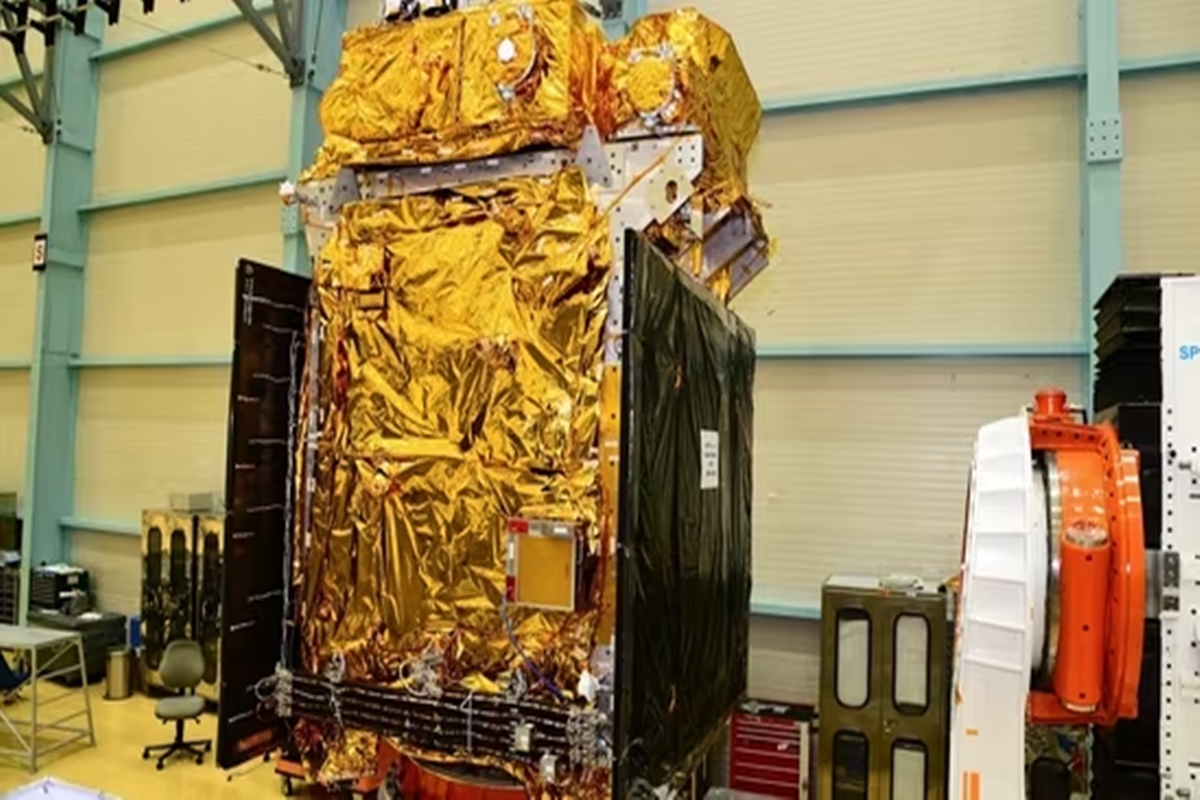India’s Chandrayaan-3, the nation’s third lunar mission, achieved a historic soft landing on the Moon’s south pole on Wednesday. This achievement marks a significant milestone in India’s space exploration journey. After that success, ISRO is all set to launch Aditya L1 to observe the sun.
In addition to this lunar success, the Indian Space Research Organisation (ISRO) is gearing up for another remarkable mission. They are set to launch the Aditya L1 spacecraft, the first Indian mission dedicated to observing the Sun and studying its various aspects. The launch is scheduled to take place on September 2, 2023, using a PSLV-XL launch vehicle.
Advertisement
What will Aditya L1 do?
Once in space, Aditya L1 will be inserted into a halo orbit around the L1 point, strategically positioned between Earth and the Sun. From this vantage point approximately 1,500,000 kilometers (930,000 miles) away from Earth, the spacecraft will delve into the study of the solar atmosphere, solar magnetic storms, and their effects on the space environment surrounding our planet.
The development of Aditya L1 is a collaborative effort involving the Indian Space Research Organisation (ISRO) and several other Indian research institutes. This coronagraphy spacecraft is meticulously designed to examine the Sun’s photosphere, chromosphere, and corona.
Among its scientific payloads, Aditya-L1 will measure the flux of solar energetic particles reaching the L1 orbit and gauge variations in the magnetic field strength at this halo orbit around L1.
These instruments are strategically positioned to avoid interference from Earth’s magnetic field, rendering them ineffective in a low Earth orbit, as originally proposed in the Aditya mission concept.
About Aditya L1:
This 1,500-kilogram (3,300-pound) satellite will carry seven science payloads, each with diverse objectives. These objectives encompass studying coronal heating, solar wind acceleration, coronal magnetometry, and the origin and monitoring of near-UV solar radiation.
Additionally, the mission aims to investigate the coupling of the solar photosphere to the chromosphere and corona. It will also look at in-situ characterizations of the space environment around Earth.
This includes measuring energetic particle fluxes and magnetic fields of the solar wind. It will also monitor solar magnetic storms. These storms can have adverse effects on both space-based and ground-based technologies.
India is making significant progress in space exploration. The successful landing of Chandrayaan-3 on the Moon showcases this progress. Additionally, the nation’s commitment to advancing scientific knowledge beyond Earth’s boundaries is further underscored by the upcoming Aditya L1 mission.











